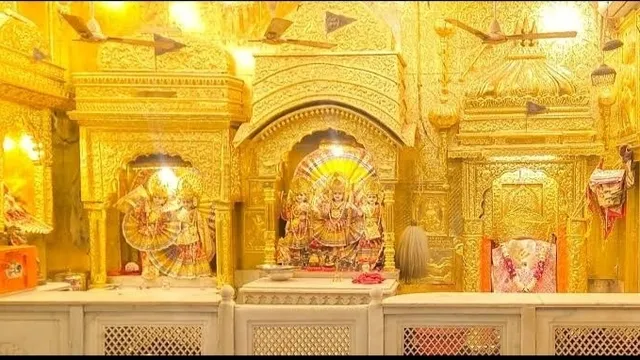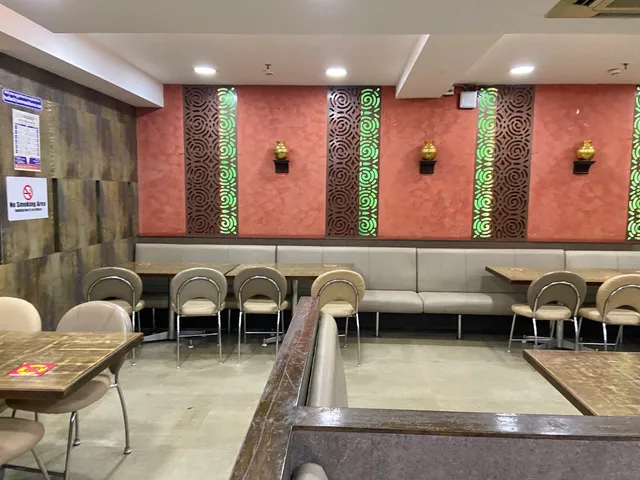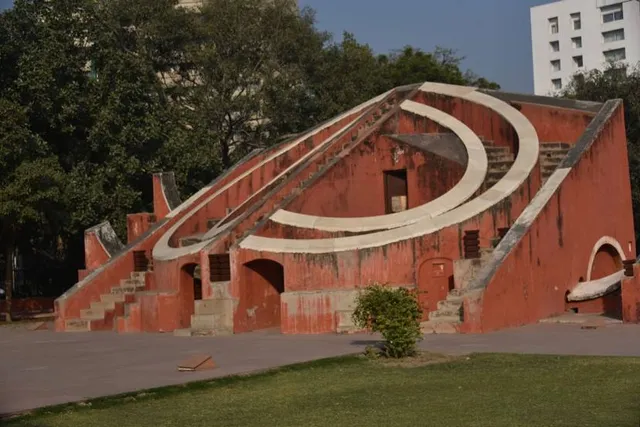Jantar Mantar things to do, attractions, restaurants, events info and trip planning
Basic Info
Jantar Mantar
Sansad Marg, Janpath, Connaught Place, New Delhi, Delhi 110001, India
4.2(13K)
Open 24 hours
Save
spot
spot
Ratings & Description
Info
Jantar Mantar is located in the modern city of New Delhi. "Jantar Mantar" means "instruments for measuring the harmony of the heavens". It consists of 13 architectural astronomy instruments.
Cultural
Family friendly
attractions: Pracheen Hanuman Mandir, Connaught Place, Charkha Museum, Museum of Illusions, Indira Gandhi National Centre for the Arts, Shri Ganesh Mandir Connaught place, Central Park, Ugrasen Ki Baoli, National Philatelic Museum, Dhoomimal Gallery, Dhoomimal Art Centre, restaurants: Kutty's South Indian food, Saravana Bhavan, Pizza Hut | Janpath, Delhi, Pind Balluchi Regal Building, Connaught Place, Delhi, Depaul`s, Haldiram's - Janpath Connaught Place, The Spice Route, SOL Garden Cafe, Daryaganj Restaurant, Informal by İmperfecto
 Learn more insights from Wanderboat AI.
Learn more insights from Wanderboat AI.Plan your stay

Pet-friendly Hotels in New Delhi
Find a cozy hotel nearby and make it a full experience.

Affordable Hotels in New Delhi
Find a cozy hotel nearby and make it a full experience.

The Coolest Hotels You Haven't Heard Of (Yet)
Find a cozy hotel nearby and make it a full experience.

Trending Stays Worth the Hype in New Delhi
Find a cozy hotel nearby and make it a full experience.
Reviews
Nearby attractions of Jantar Mantar
Pracheen Hanuman Mandir, Connaught Place
Charkha Museum
Museum of Illusions
Indira Gandhi National Centre for the Arts
Shri Ganesh Mandir Connaught place
Central Park
Ugrasen Ki Baoli
National Philatelic Museum
Dhoomimal Gallery
Dhoomimal Art Centre

Pracheen Hanuman Mandir, Connaught Place
4.8
(8.9K)
Open 24 hours
Click for details

Charkha Museum
4.2
(869)
Open 24 hours
Click for details

Museum of Illusions
4.6
(13.9K)
Open 24 hours
Click for details

Indira Gandhi National Centre for the Arts
4.3
(2.2K)
Open 24 hours
Click for details
Things to do nearby

Craft home-style cuisine in Delhi
Sat, Dec 27 • 11:00 AM
New Delhi, Delhi, 110024, India
View details

Chandni Chowk Food Tour with 15-plus tastings
Fri, Dec 26 • 10:30 AM
New Delhi, Delhi, 110006, India
View details

Taj Mahal Sunrise & Agra Fort Day Tour from Delhi
Fri, Dec 26 • 3:00 AM
New Delhi, Delhi, 110001, India
View details
Nearby restaurants of Jantar Mantar
Kutty's South Indian food
Saravana Bhavan
Pizza Hut | Janpath, Delhi
Pind Balluchi Regal Building, Connaught Place, Delhi
Depaul`s
Haldiram's - Janpath Connaught Place
The Spice Route
SOL Garden Cafe
Daryaganj Restaurant
Informal by İmperfecto

Kutty's South Indian food
4.3
(2.9K)
Click for details

Saravana Bhavan
4.4
(10.1K)
$
Click for details

Pizza Hut | Janpath, Delhi
4.2
(2.9K)
Click for details

Pind Balluchi Regal Building, Connaught Place, Delhi
4.2
(5.6K)
$$
Click for details








